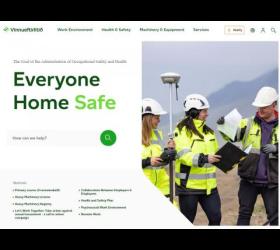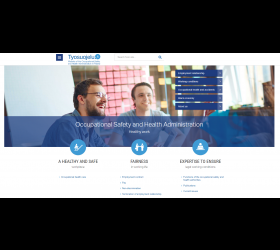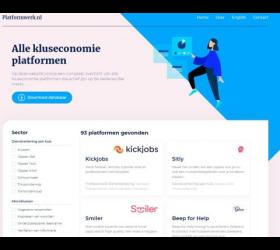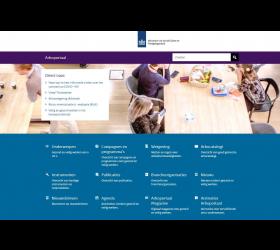Website
Suitable for:
All types of organisations.
How could it be used?
Your organisation probably already has its own website. You need to assess what you want to do for your campaign. Do you want to devote a part of your website to the new campaign, or do you want to develop a campaign specific website?
Benefits
- A website is now a popular, indispensable tool to communicate with the public.
- Thanks to a website you can host all your campaign materials in one place (either press releases or leaflets and videos).
- If well designed, it will encourage the users to come back to search for info. Websites enable you to interact with users, e.g. via comments.
Limitations
- To encourage users to revisit your website you have to update it regularly.
- Be aware that the content you post online is public and it can be difficult to monitor and control how a user utilises the information you provide.
Use your existing website or build a new one?
- If your website is well known among your stakeholders and your target audience, it might be more cost effective to dedicate part of your website to your campaign.
- If not, then consider doing a campaign-specific website. It will offer you more freedom to do something special and be more creative than you would be on your institutional website.
What to include
- If you have a visual identity for the campaign, use it on the website.
- Include a campaign logo as well as your organisation’s logo and partner logos.
- Make all the info materials developed for the campaign available in downloadable form on the website.
- Have a section dedicated to the media. Include all important statistics and facts related to your campaign, alongside any case studies and the contact details of your campaign ‘ambassadors’ if you have any.
- Have a section with downloadablepictures and video footage.
- Have a ‘what’s new’ section showing all campaign activities and update this regularly to show activity.
- Feature a calendar with all upcoming events. Include information on how to register and attend if it is an open event, and where to request information otherwise.
- Have a Q&A section on the campaign.
- Always include contact details of someone that can provide visitors with additional information.





